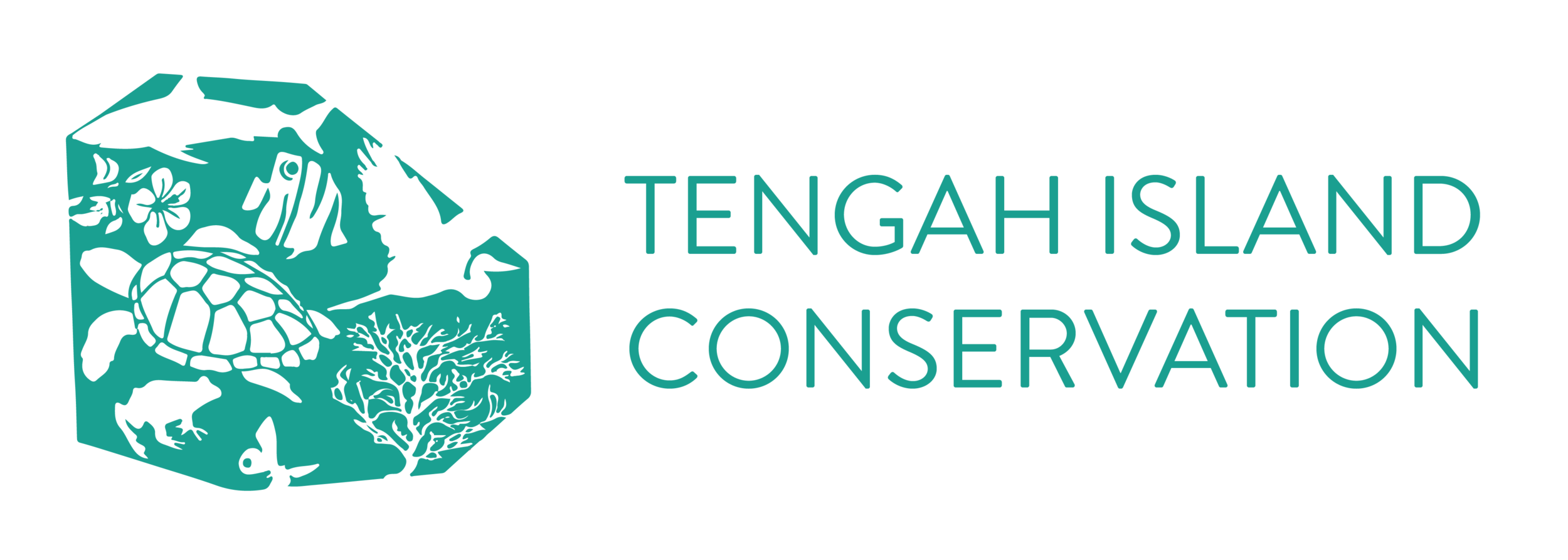Turtle Hatchery Programme
Detail
The TIC scientists based at the Tengah Island Hatchery collect data on endangered green and critically endangered hawksbill turtles in strategic partnership with the Department of Fisheries, Malaysia.
We do this to protect the populations of the turtles, and to increase turtle hatchlings survival rates through best-practices in effective hatchery management and awareness. The programme includes morning boat patrols of the neighbouring islands in order to try and encounter nests before they are either poached or predated. Regular nightly patrols of the island are also scheduled to try and encounter and tag nesting females. We have introduced temperature loggers into the nests in order to monitor the temperature profile over time and try to understand how temperature may influence hatching success and gender ratio. We are working towards a programme to sample the DNA of the hatchlings in order to study the population dynamics and parentage, as well as deploy satellite tags on nesting females in order to track their migratory routes and better advocate for their protection.
Malaysian Sea Turtle Photo ID Network
Sea turtle population studies in Malaysia to date have mostly relied on Inconel flipper tags or other physical markers to identify individuals. While most female turtles are tagged during nesting, little is known about their movements between foraging and nesting sites in Malaysian waters. Furthermore, there is even less information available about the movement of males as they are rarely tagged.
Lastly, these intrusive methods are not entirely successful as the tags can easily become dislodged from the flipper, thus prompting the establishment of a photo identification network to compliment the current tagging system.
Photographic identification has been increasingly used by various projects around the world as a reliable tool to track individuals over time, providing details on a species’ population dynamics.
In sea turtle research, the use of photo identification has been proposed and tested as a reliable method for individual recognition, as each individual possess unique facial scales patterns.
In 2017 the Malaysian Sea Turtle Photo Identification Network was initiated with the goal of establishing a regional-wide shared database to gain knowledge about the spatial-temporal pattern of sea turtles. With the establishment of the photo ID network, the movement, habitat usage and site fidelity of sea turtle will be better documented.
In 2018, TIC joined this network by collecting facial pictures of sea turtles spotted underwater or during their nesting process, and sharing the data with the relevant partners and government authorities. The photos collected are analysed using the I3S software which identifies spot patterns in the individual of interest, compares his pattern against all animals in the database, and shows the closest matches to the individual been analysed.


